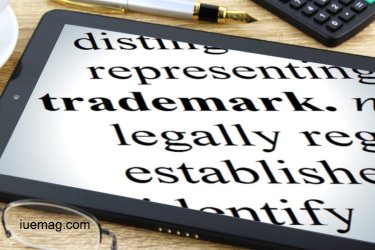

Why Innovative Business People Need To Take Steps To Protect Their Creations

Many people give little attention to the legal structure which protects their property. This may be acceptable in the context of physical property, which an owner can possess and hold to the exclusion of others.
However, this can be woefully inadequate in the context of intellectual property, which is often only protectable when registered with a government authority. What must be done to protect intellectual property?
Inventions
Often a great deal of time and resources are invested into creating and developing inventive solutions. For many businesses, these inventive solutions are the key to competitiveness.
Yet, in most jurisdictions the inventor or developer of an invention has no right to keep others from using the invention unless they are granted a patent for it. On its own, being the first to publish a description of an invention does not give the publisher the right to protect the invention. Unlike the creators of a brand, the creators of an invention cannot exclude others from using the invention within a community just because they are recognized by the community as the creators of the invention.
To protect an invention, the owner must apply for a patent. The applicant would need to prepare a document which defines the invention in a set of claims and which provides a detailed description of the invention. The applicant would then need to file the application document in the jurisdictions in which the applicant wishes to obtain a patent.
Once an application has been filed with a patent office, the patent office decides whether the invention defined in the claims meets the criteria for a patent. The analysis generally centers around whether the invention is a non-obvious improvement on existing inventions.
If the patent office allows the application and issues a patent, the owner of the patent has the right to exclude others from making use of the invention defined in the claims.
Brands
As alluded to above, a degree of protection is available to an owner of a trademark to exclude others, if that owner is recognized by a community as the source of the goods and services with which the trademark is associated. However, this protection is limited in several ways, and many brand owners seek to register their mark to expand this protection.
A trademark registration gives the owner exclusive rights to use the trademark throughout the jurisdiction, rather than just within the community in which the trademark is recognized. A trademark registration also grants the owner access to a number of legal remedies that are not available to the owner of an unregistered mark.
An application for a trademark registration must set out what the mark is and a list of the goods or services that the mark will be used with. The trademark office then considers the application. Much of this consideration centers around whether the proposed mark is confusingly similar to existing marks.
If the patent office allows the application and registers the trademark, the owner of the registration has the right to exclude others from using the mark and marks confusingly similar with the mark in association with the listed goods and services as well as similar or related goods and services.

Creative Works
Creative works, such as software, books, and dramatical productions are protected by copyright once reduced to a fixed form. For example, if an author has thought of a storyline but has not yet typed it out or written it down, it is not fixed and not protected. If the author types out a chapter, the chapter is fixed and protected by copyright.
While a creative work does not need to be registered to be protected, registrations are often sought for practical reasons. Registrations are principally sought to provide evidence of ownership; to allow the owner of a work to direct the attention of an infringer or potential infringer to a registration which clearly sets out what the work is and who it is owned by.
Generally, applications for a copyright registration detail who the owner is and identify the authors of the work. The copyright office reviews the application to ensure that no information is missing, and then registers the work.
Conclusion
The right to exclude others from using an invention, brand, or creative work is often key to the viability of a business. Yet these rights are not automatic. Rights to an invention are only available if granted by a patent office, and rights to brands and creative works are often greatly enhanced if recognized by a government authority.Copyrights © 2025 Inspiration Unlimited - iU - Online Global Positivity Media
Any facts, figures or references stated here are made by the author & don't reflect the endorsement of iU at all times unless otherwise drafted by official staff at iU. A part [small/large] could be AI generated content at times and it's inevitable today. If you have a feedback particularly with regards to that, feel free to let us know. This article was first published here on 25th April 2019.
Overthinking? Uninspired? Brain Fogged?
Let's Reset That! Try iU's Positivity Chat NOW!

All chats are end-to-end encrypted by WhatsApp and won't be shared anywhere [won't be stored either].


